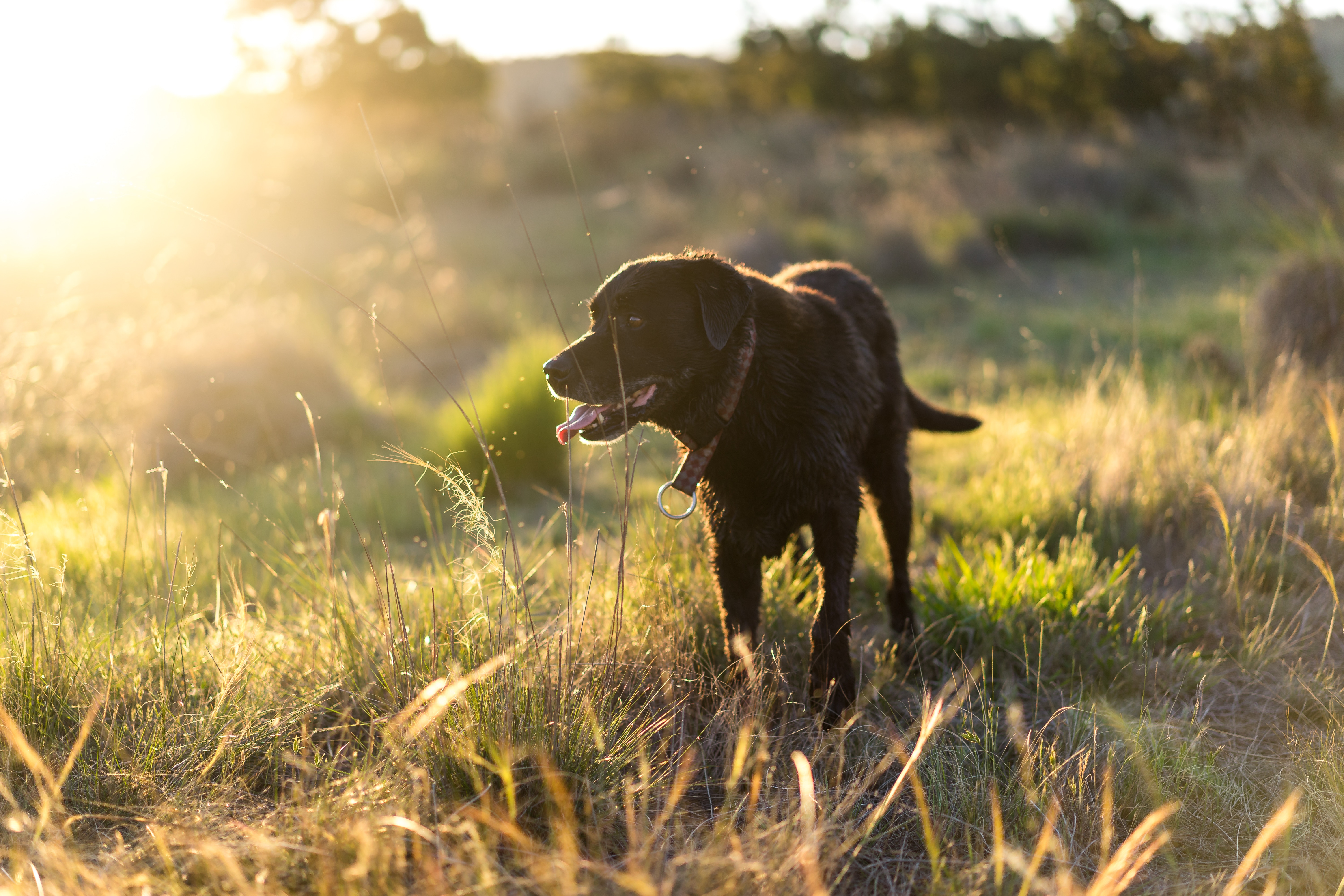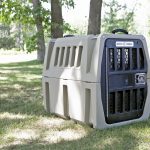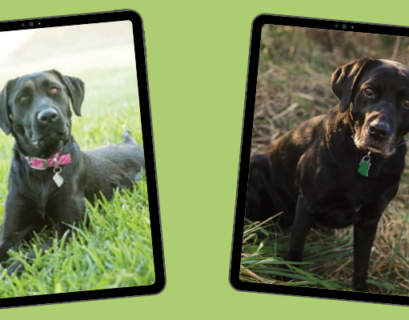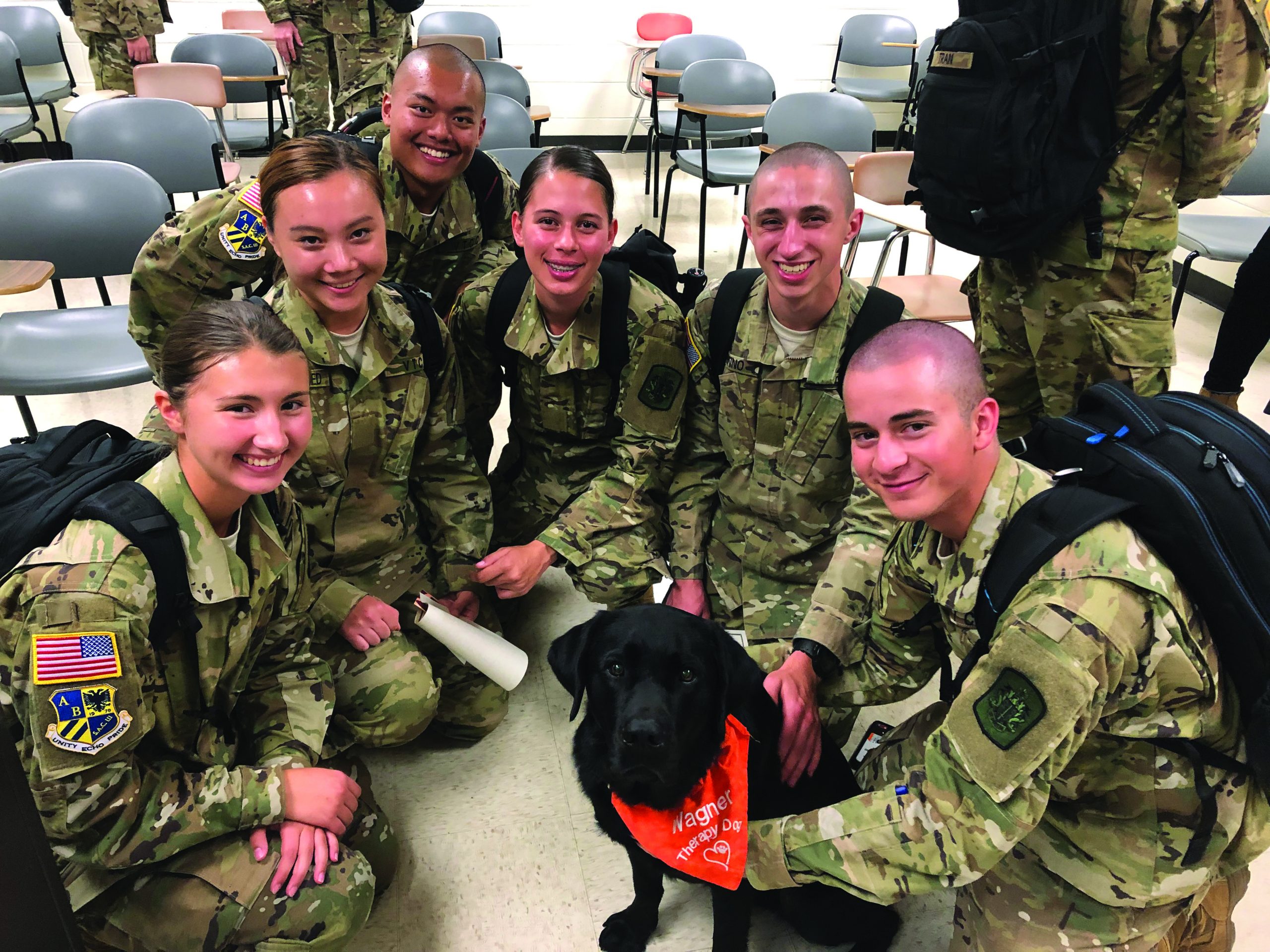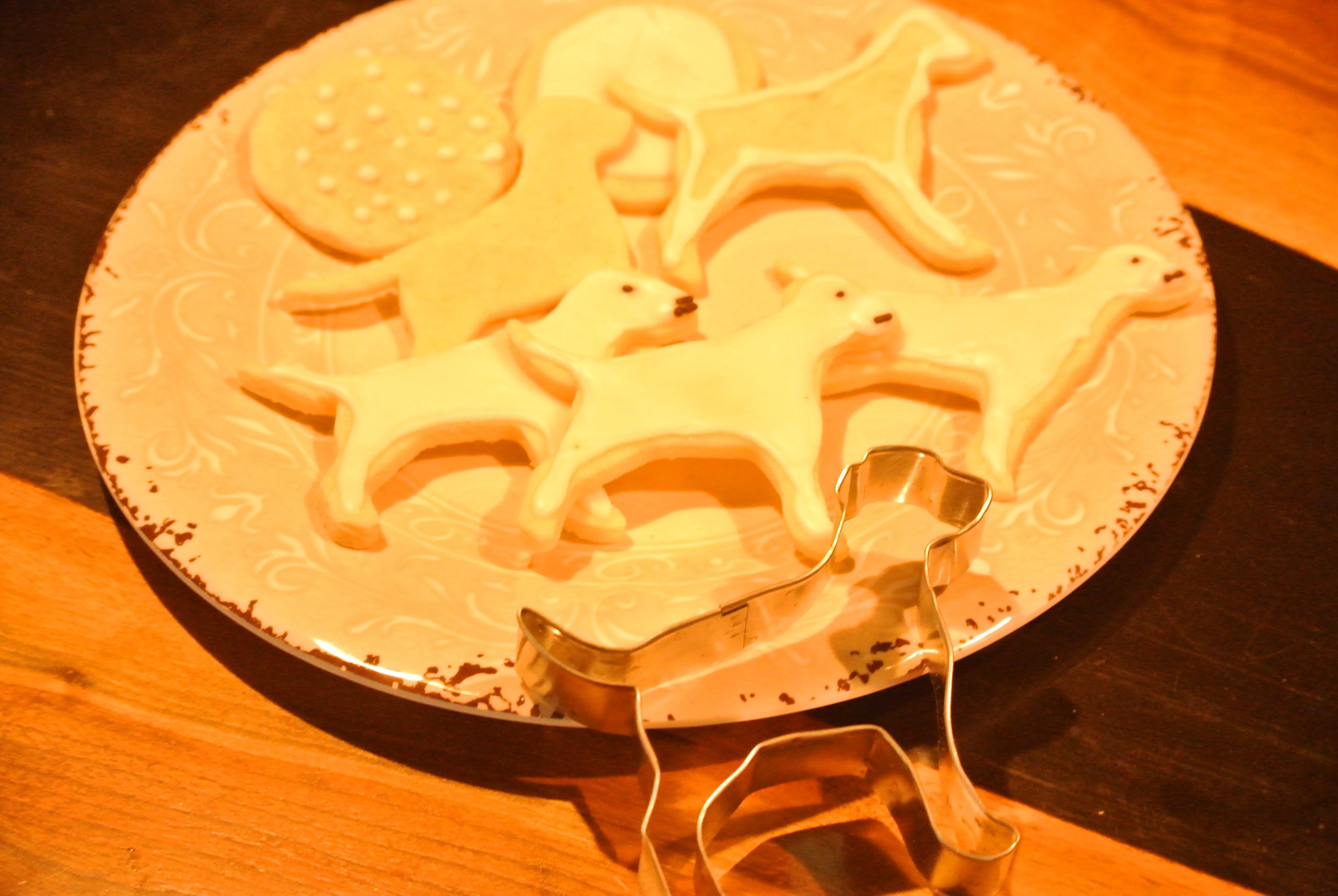Our Labs lead active lives, to say the least. They encourage us to get up and go, too. So when you’re lacing up your athletic shoes or hiking boots, your Lab knows it’s adventure time.
Shoes keep our sensitive feet protected from rough services and unpleasant objects in our path, as well as keep us stable and balanced. Our Labs already come equipped with these capabilities, no gear required. Engineered into shoe designs for us but natural for dogs, paw pads act as shock absorbers as well as heating/cooling relays. And when we need to exchange our shoes for flippers to swim easily, a Lab’s naturally webbed feet are ready to propel his body through the water.
Yes, a dog’s paws do a lot without much intervention. However, just like with us, something happens to harm their feet. These are usually:
Foreign objects, such as burrs or thorns in the woods or shards of glass that may be laying carelessly on the side of the road. If your dog won’t let you remove the object, head on in to the vet. Leaving the object in could cause an infection as well as continued discomfort for your Lab.
Lacerations, such as those caused by rocks or sticks with sharp edges. Most abrasions and cuts heal on their own quite rapidly (thank you, evolution). Keep the wound clean and watch for signs of infection. Cover the affected area if possible to prevent infection and try to limit your dog’s activity to avoid re-injury if the wound is significant.
Cracked pads, usually a result of wear and tear. Rocky, rough, or gravel terrain can cause havoc on a dog’s paws if they are on such surfaces frequently (just like our shoes). If you live in an area where rough terrain is something your dog commonly encounters, then wash and treat the paws with a soothing salve regularly. Some cracks are normal, but if the crack is bleeding or causing your dog discomfort, call the vet.
A torn toenail, sometimes due to high activity or the nail snagging on something, such as carpet. The first issue is stopping the bleeding and disinfecting the area. Any hanging part of the nail should be clipped off, but some nails need to be removed entirely by your vet. Also your Lab has brittle nails, he may have an underlying health condition so make sure to ask.
After a walk or run, always check your Lab’s paws for these things and treat immediately. If you ever see your Lab licking at his paws excessively or limping, those are signs to you that something is amiss in your Lab’s paw health.

